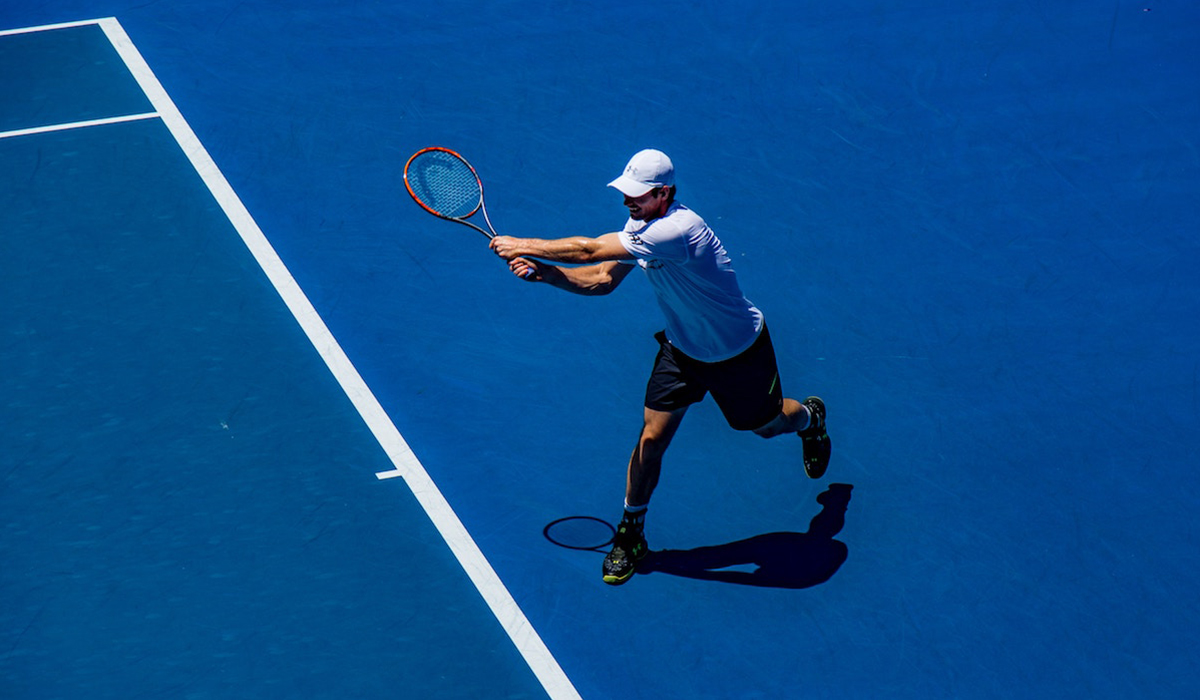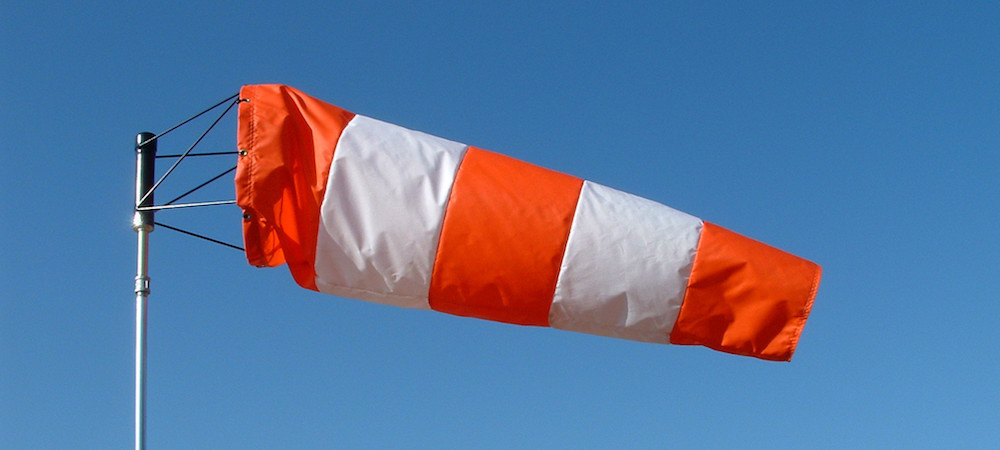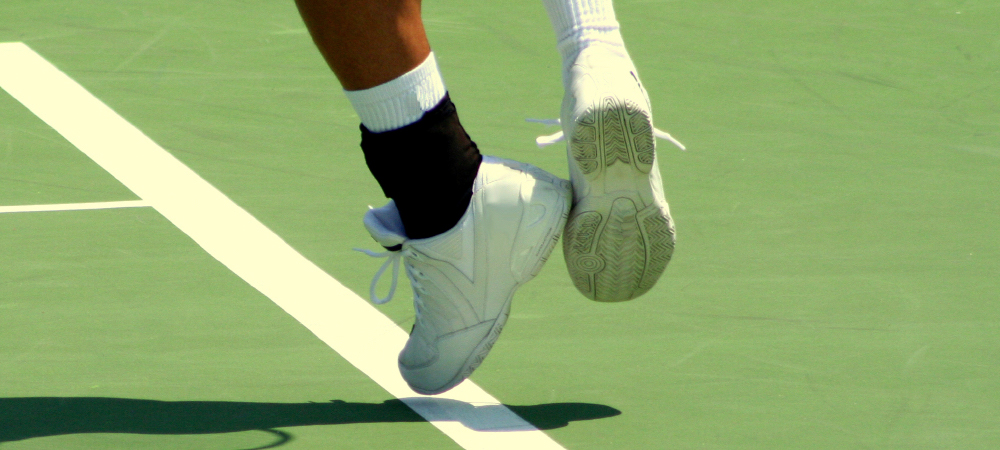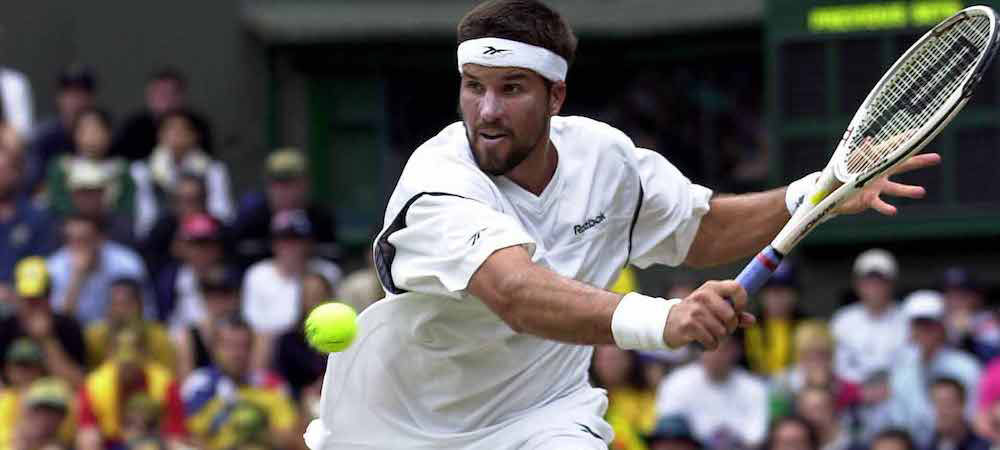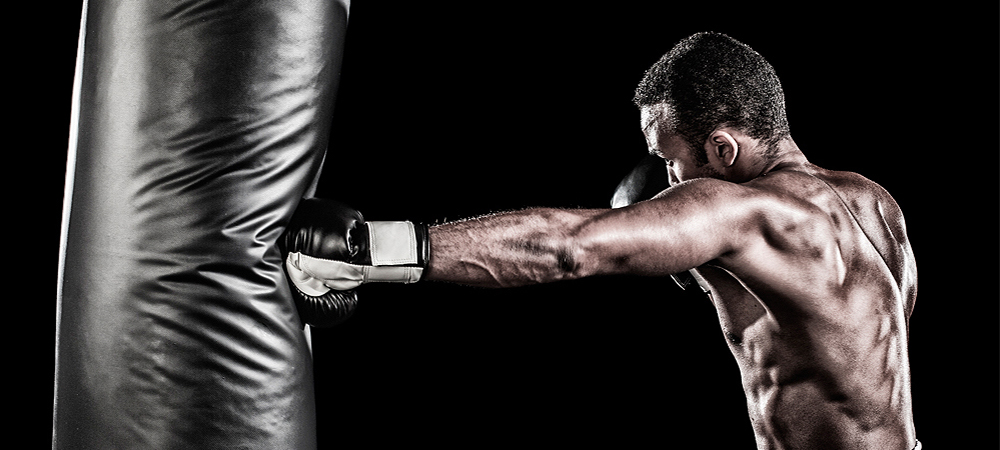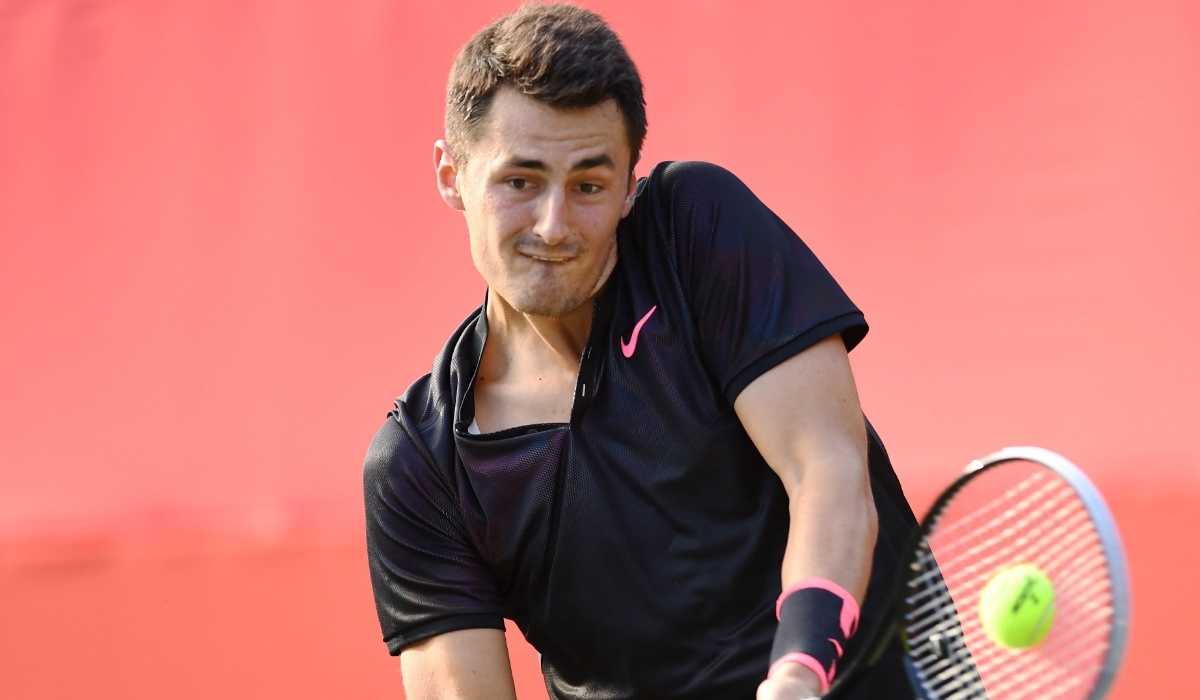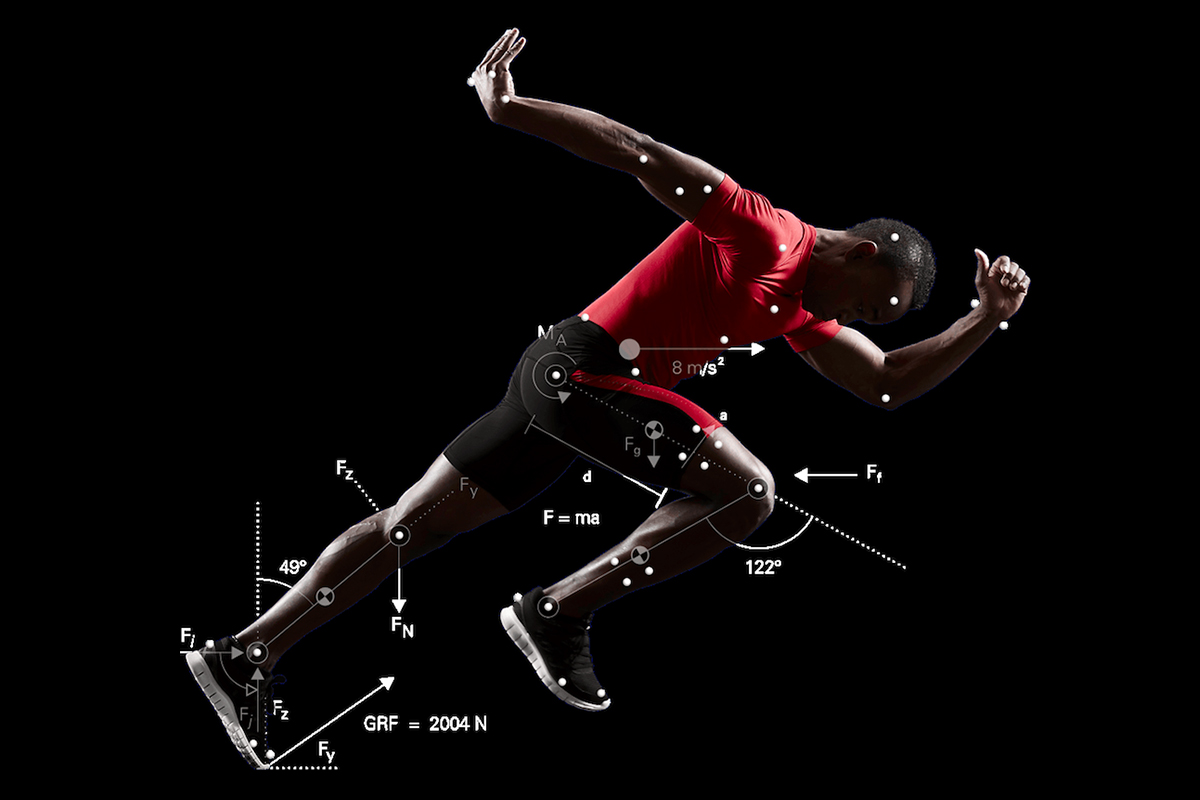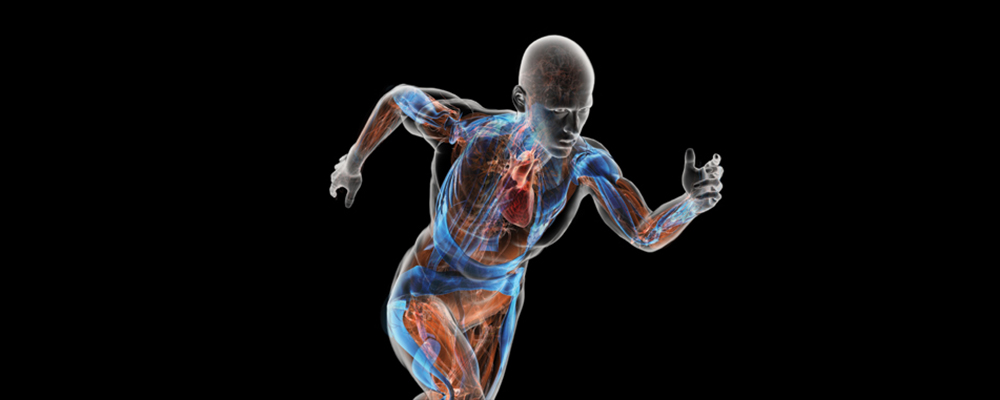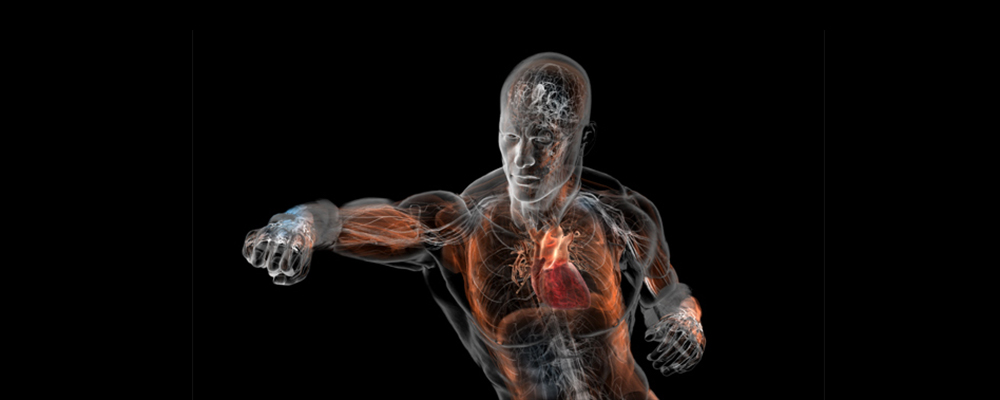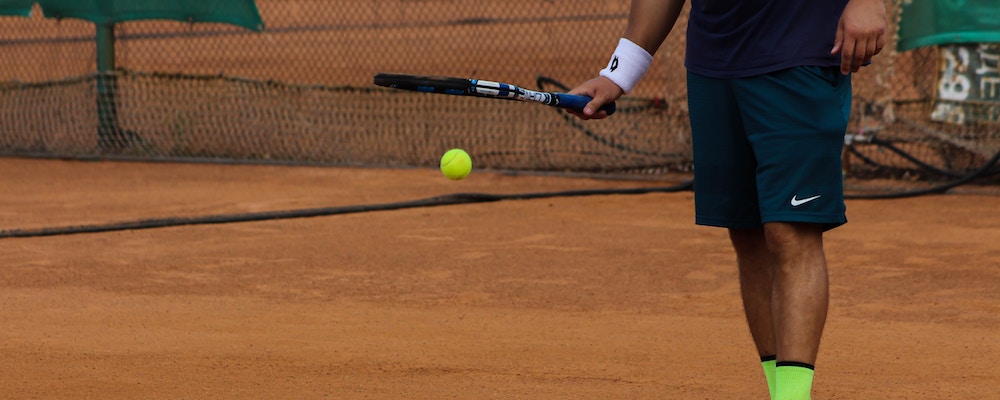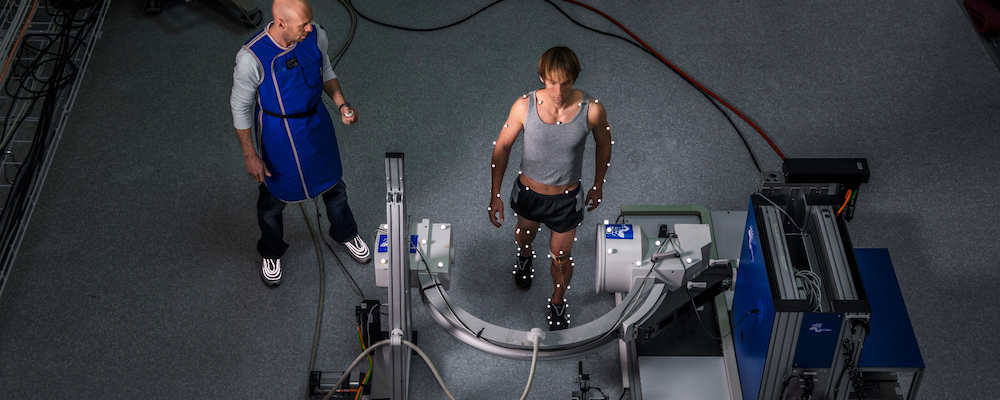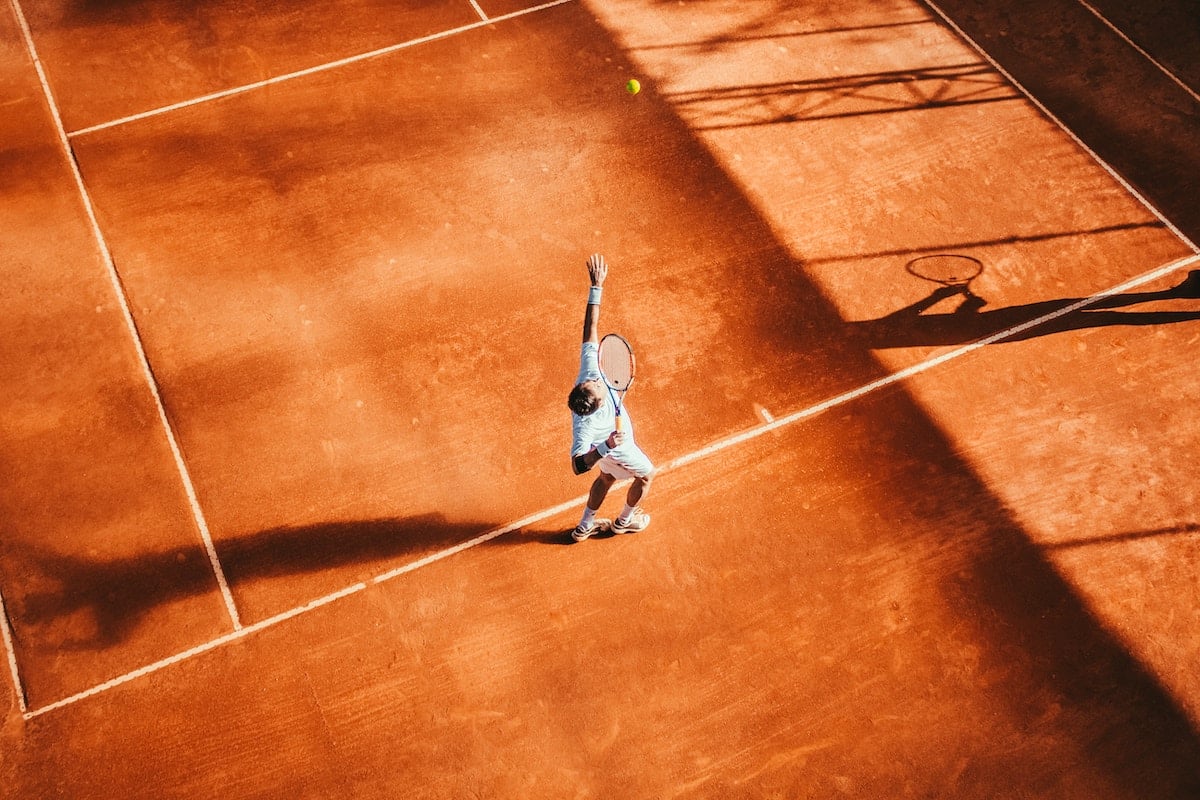
Cheating in tennis? In a Grand Slam? How can this be possible with umpires watching every line and advanced technology like Hawk Eye in place? You wouldn’t think it possible… But the ugly truth is that it happens all the time. It’s very subtle and most people watching tennis on TV wouldn’t even realise what’s going on.
Cheating in tennis is a tricky topic to discuss. In part because many people in the tennis world will deny it even exists. It’s a topic most would rather sweep under the rug because it’s a dirty stain on our otherwise clean and beautiful sport. Cheating in tennis is also very hard to spot because it is easily camouflaged and hard to prove. In this article I will expose and explain the single most common way players cheat in tennis.
Illegally calling the trainer.
In my opinion (and many others), illegally calling the trainer has been rife in tennis for decades and it is time officials did something about it.
The rule is that a player can not receive treatment for ‘loss of conditioning’ (fitness). Loss of conditioning basically means tiredness, cramping, sore muscles, etc. Basically anything but an accident such as a twisted ankle, cut, sickness (not due to being tired), etc. Any player in the later stages of a match is having some ‘loss of condition’. we all get tired especially during five set matches. So almost any massage on a sore body part at this stage is treatment on something that is suffering from ‘loss of condition’. It’s as simple as that really.
How do players illegally manipulate the Medical Time-Out rules?
Often a player will fake an ‘injury’ in order to get a medical timeout for nothing more than ‘loss of conditioning’. In other words they are tired and need a rest. Coincidentally these so called ‘medical’ timeouts seem to happen at crucial stages of a match where their opponents are getting the upper hand. So essentially players are calling tactical medical timeouts with a fake ‘injury’ as an excuse in order to get more rest and put their opponents off. This subtle and sophisticated form of cheating is very effective particularly in close matches where momentum is very important.
How have the MTO rules been allowed to be broken time and time again?
One reason could be that it is hard to prove that someone is faking being hurt. How do you prove something like that? Another more likely reason is that even though it’s the trainers responsibility to diagnose and determine what condition the player is in, the trainer is under extreme pressure not to call a ‘loss of condition’. Remember, these are the players that the trainer sees regularly in the locker room and knows well. Even if it’s obvious to the trainer, it’s hard to call a ‘loss of condition’ on a friend.
What can be done?
I believe there should be an independent medico such as a doctor going on court with the trainer to supervise and diagnose and treatment. This doctor does not have to deal with the pressure of seeing and treating these players every day. He or she would be unbiased in their decision and able to call these issues for what they really are, a ‘loss of condition’.
Most players work very hard to get fit and strong in preparation for a tournament. Being fitter than your opponent and being able to wear them down is a tennis strategy as much as anything else. It takes hard work and dedication. So lets not let a few bad apples cheat their way to victory. The Grand Slams are a battle of the fittest over two weeks. Lets keep things the way they were intended and let the best athletes and players win.
What do you think? Does something need to be done about cheating in tennis? Have you seen this happen recently? Let me know what you think on Quora, Facebook or Twitter!
Oh and please share this article with your friends if you liked it… and Subscribe🙂
You might also like…
- Outrage, Controversy and the Use & Abuse of Medical Time-Outs
- Djokovic’s Popularity Versus Federer and Nadal
- Equal Prize Money At The Grand Slams? It’s Not Equal. Simple As That.
If you enjoyed this article please sign up for my newsletter. It’s where I share member exclusive content not found anywhere else. Including interviews, my favourite gear, health & fitness exercises, tennis tips and more. Sign up here→
